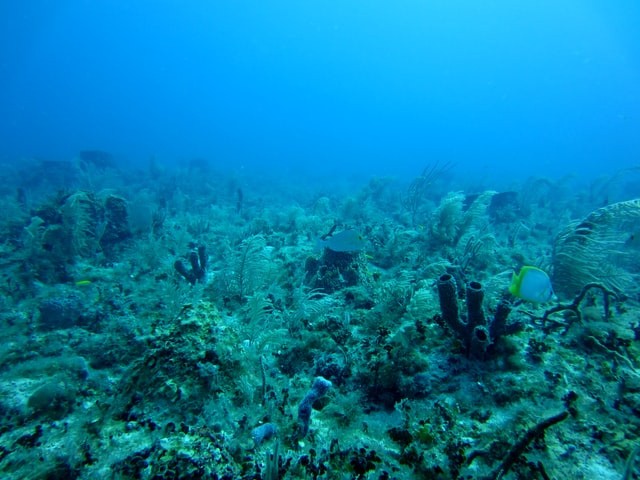Deep-sea plankton plays a critical role in eliminating carbon dioxide from the atmosphere, as per a new study. The ocean is teeming with creatures that appear to have been created out of human greatest fears.
There are glowing fishes that look like demons and sponges that consume the remains of other animals. However, the ocean floor is a biological carbon sink that traps CO2 from the atmosphere.

Studying Ocean Floor Samples and Their DNA
Ocean bottom samples from all across the world were examined to see what DNA they contained by a team of scientists from NRS/Genoscope and IFREMER in France, the University of Geneva, the Norwegian Research Centre, and the Bjerknes Centre for Climate Research.
It was discovered that about two-thirds of the creatures represented by DNA are yet to be discovered. Diverse and undiscovered plankton are accumulating carbon dioxide in the deep soil, particularly at "hotspot" locations around the pole, according to their research.
According to Gizmodo, the biological carbon pump is a vital global system that transfers carbon from the atmosphere to the seafloor, where it can be stored for potentially millions of years. These previously unknown plankton are part of this system. Plankton and other organisms ingest carbon dioxide from the surface of the water and carry it to the seafloor in their bodies when they die and sink.
However, a new study has discovered that the plankton down there aren't simply dead and sunken; there are many living, undiscovered creatures as well. Since this carbon isn't in the atmosphere, it can't absorb heat and contribute to global warming.
Primary Step Towards One Ocean Ecology
In a press release, Colomban de Vargas, a researcher at the CNRS in France, noted that for the first time, researchers can understand which individuals of plankton populations contribute most to the biological pump, probably the most fundamental ecosystem processes in the seas.
As per Flash News 11, researchers generated a database from over 400 samples of deep ocean sediments obtained between 2010 and 2016. According to their article, which was published in Science Advances earlier this month, they compared that to around 1,300 other previously obtained samples.
In a press release, the researchers said that their discovery provides the first unified vision of the full ocean eukaryotic biodiversity, from the surface to the deep-ocean sediment, allowing marine ecological questions to be addressed for the first time at a global scale and across the three-dimensional space of the ocean.
Polar Regions as Hotspots for CO2 Sequestration
Additionally, they discovered that the polar areas are hot zones for carbon sequestration and that plankton DNA in seafloor sediments can predict the biological pump strength, which is a key component of carbon sequestration (also known as a marine carbon pump).
Seafloor ecosystems have been shown to be critical in absorbing 40 percent of the carbon dioxide humans emit, a finding that scientists have previously calculated. As a result of this findings, deep-sea biodiversity research is even more critical.
In a statement, researcher Andrew J. Gooday, Emeritus Fellow at the National Oceanography Centre, Southampton, said, Huge numbers of unknown creatures inhabit ocean floor sediments and must play a key role in ecological and biogeochemical processes.
According to Gooday, understanding this rich diversity is critical to protecting these large, relatively pristine ecosystems from the repercussions of future human invasions and understanding the impacts of climate change.
Related Article : Urban Forests May be Storing More Carbon Dioxide Than They Emit
For more news, updates about carbon dioxide and similar topics don't forget to follow Nature World News!
© 2025 NatureWorldNews.com All rights reserved. Do not reproduce without permission.





